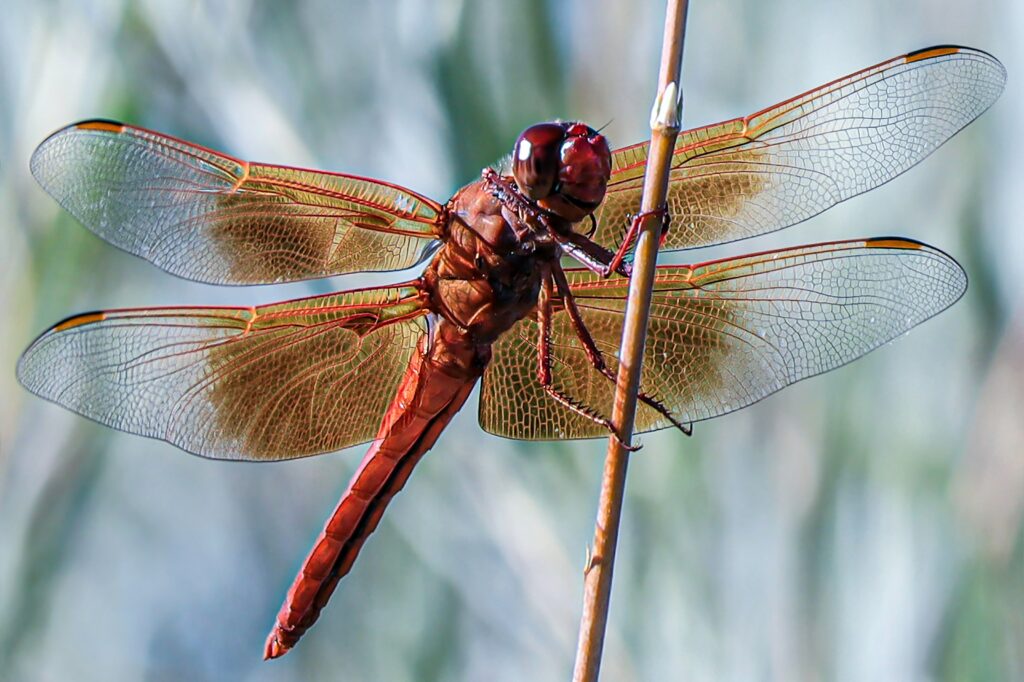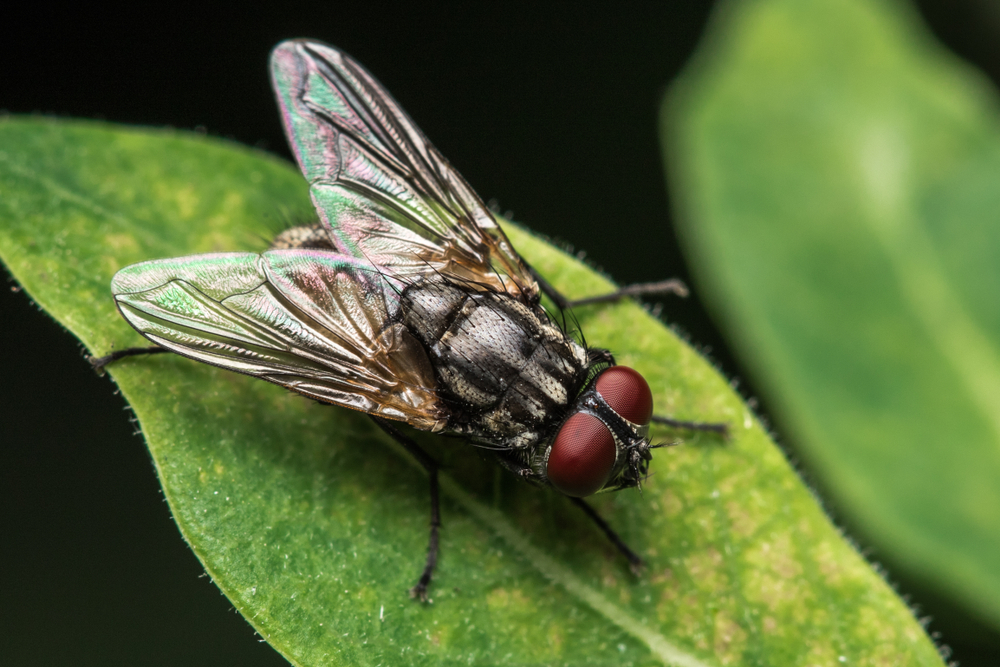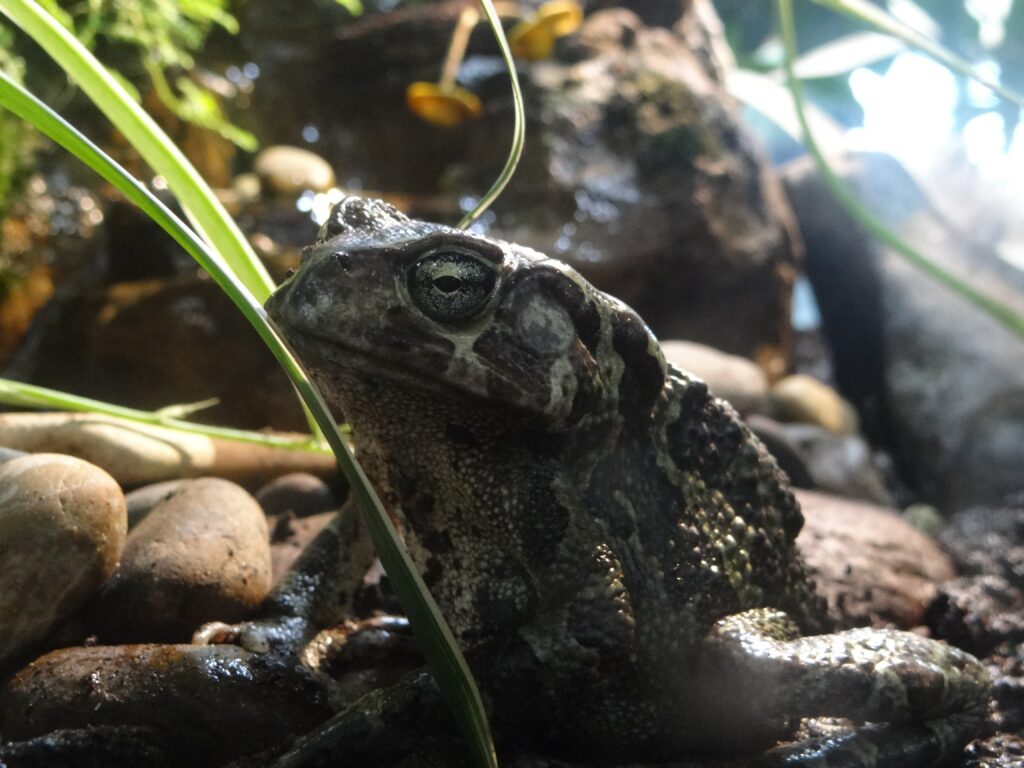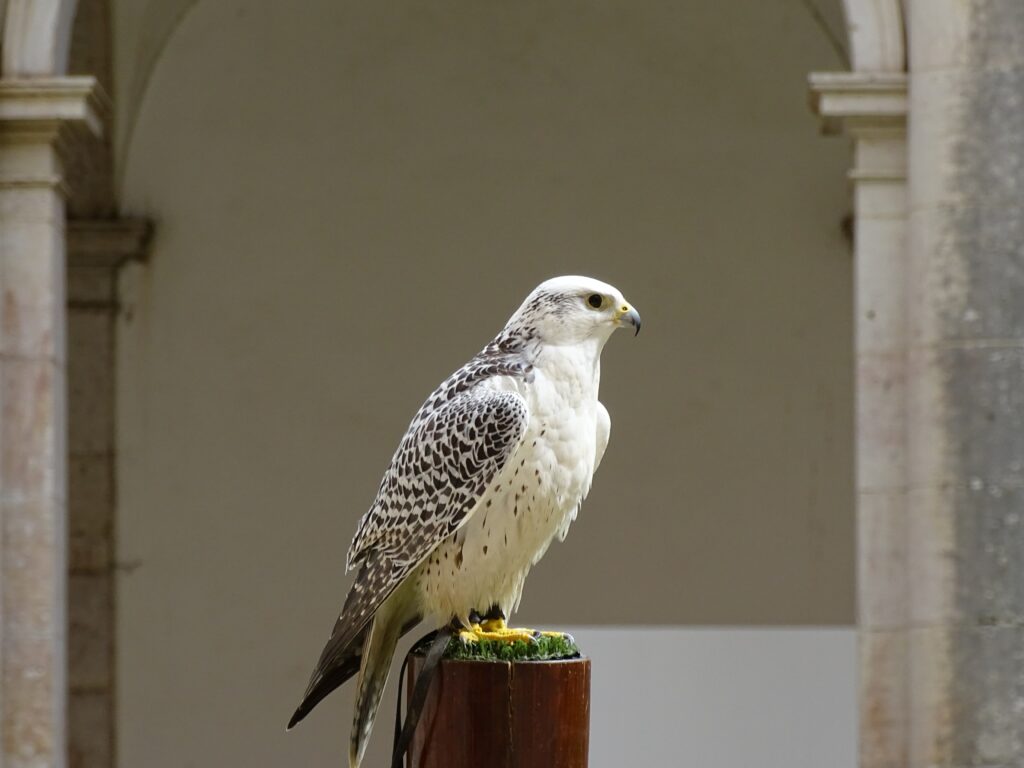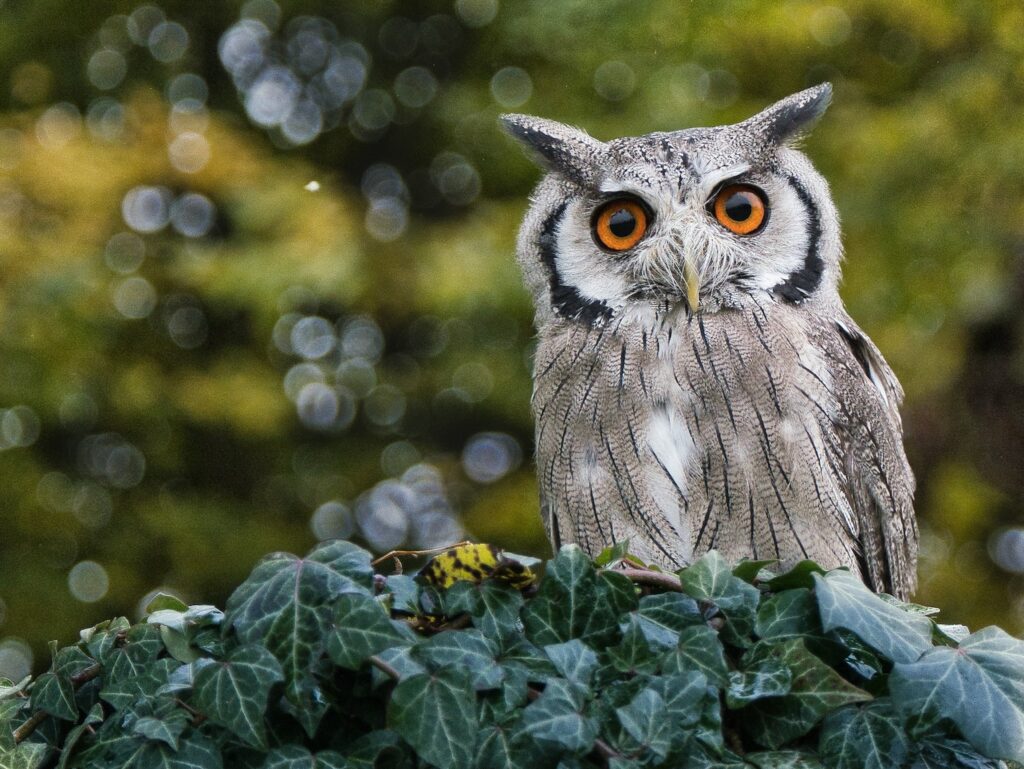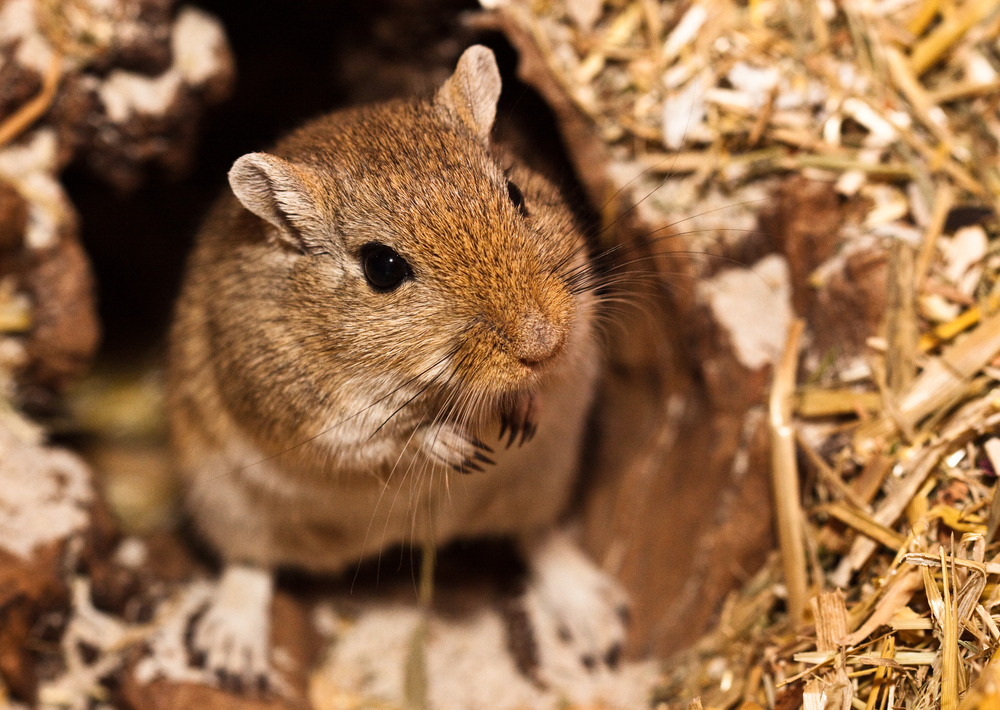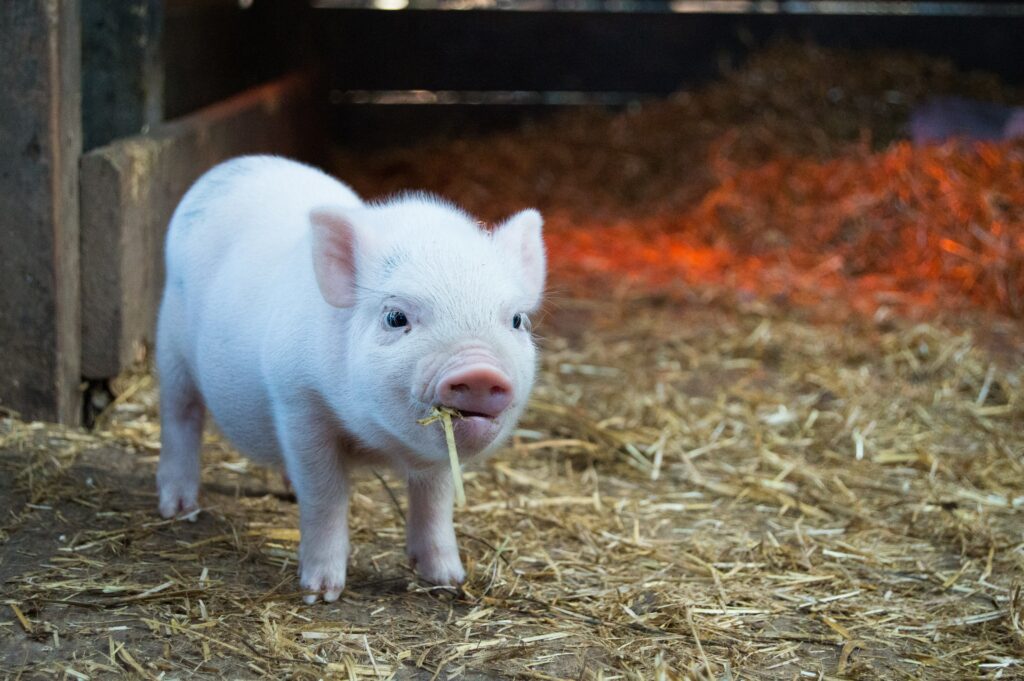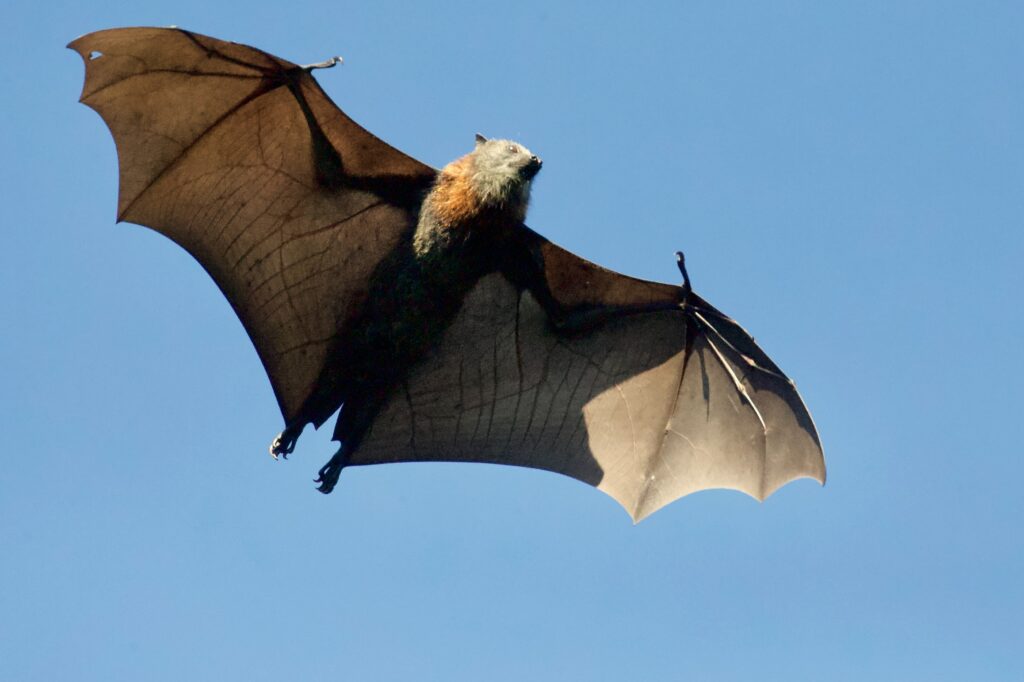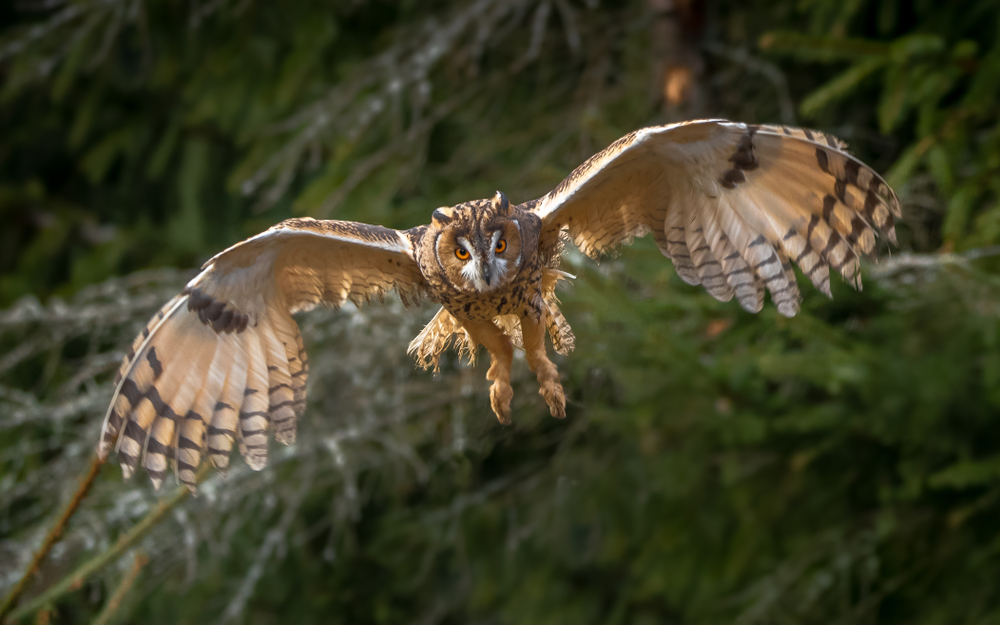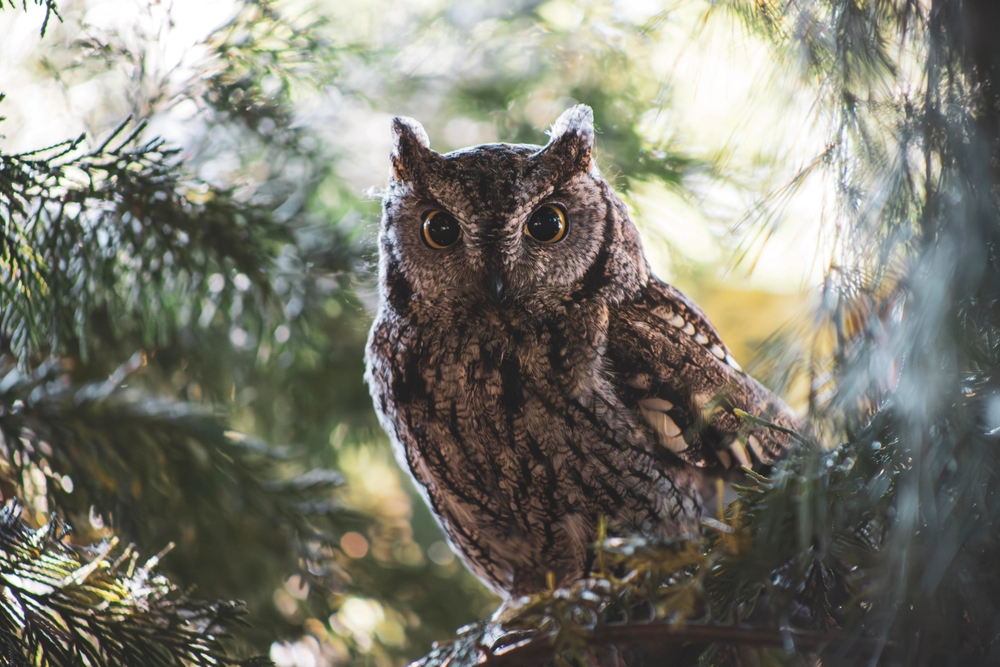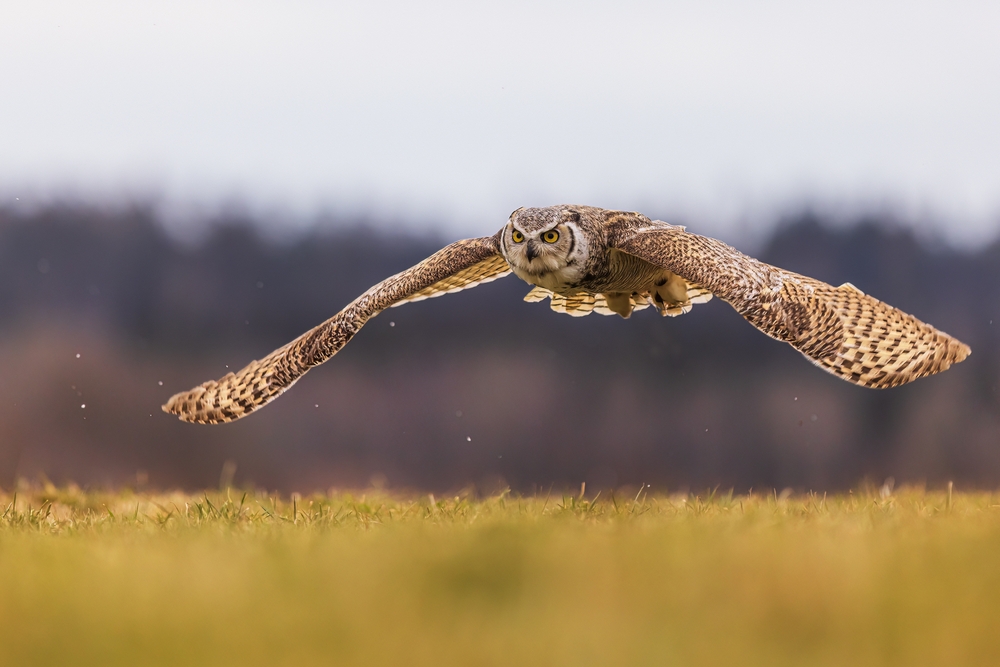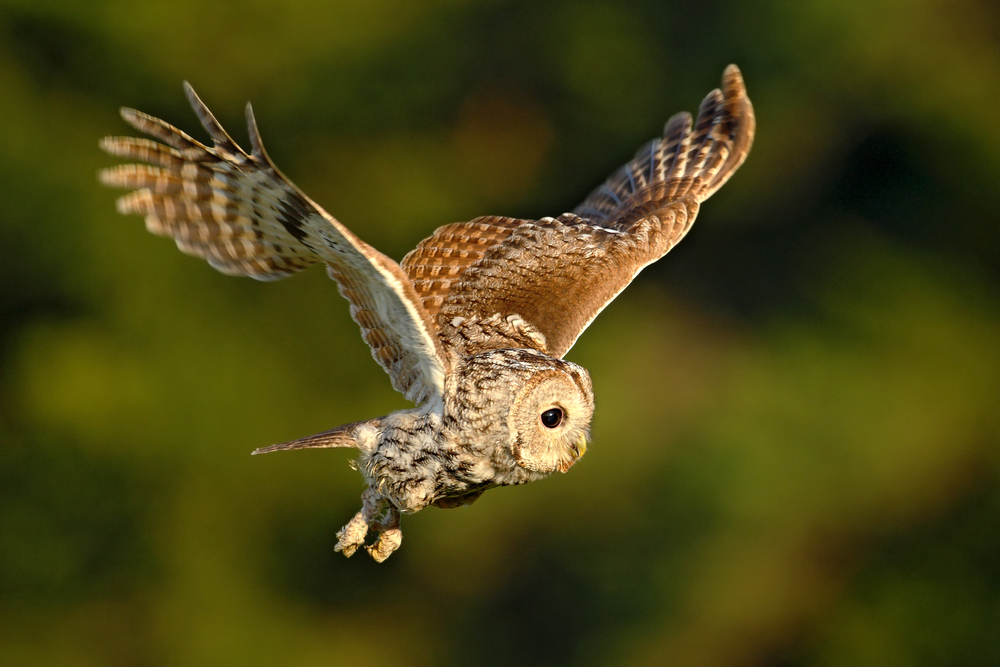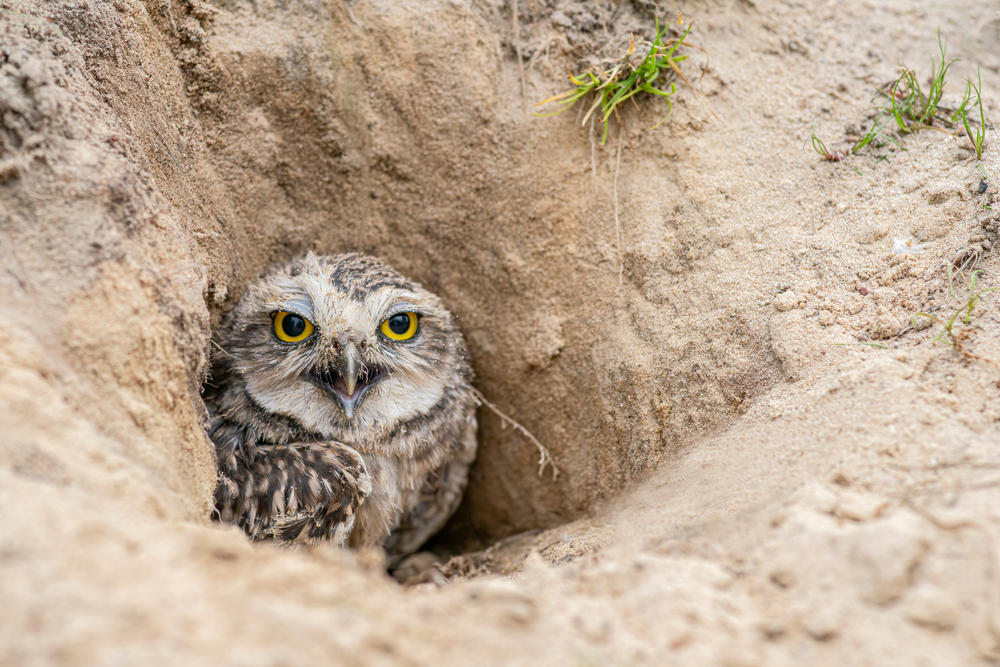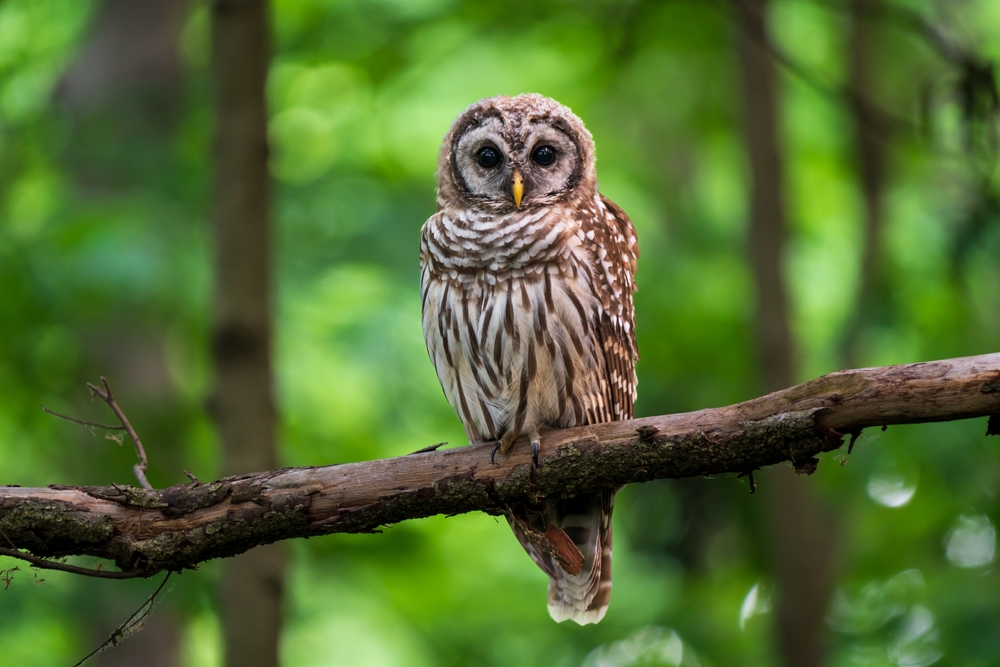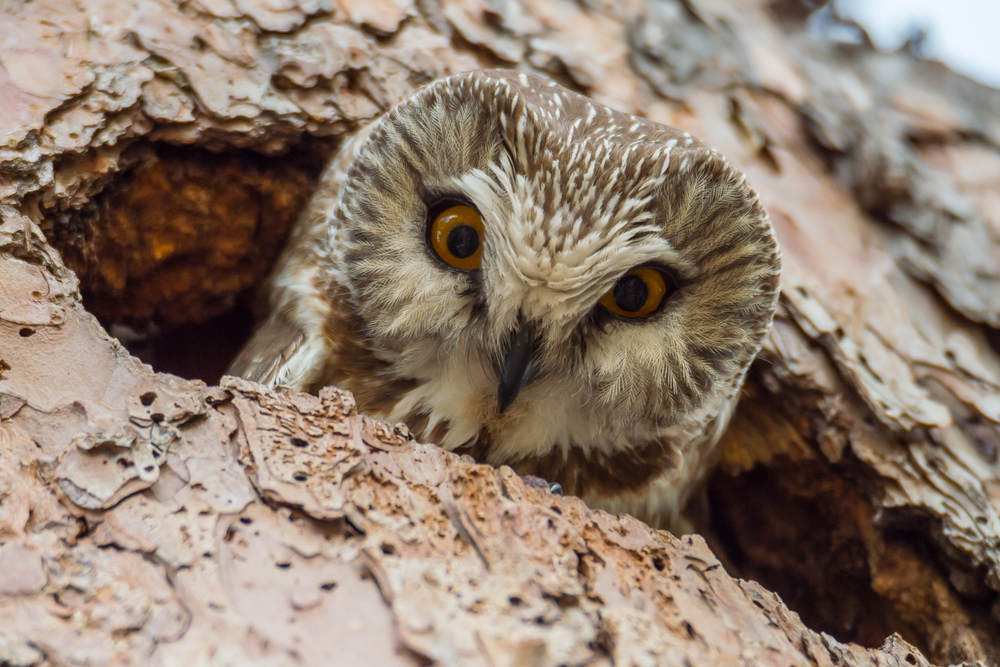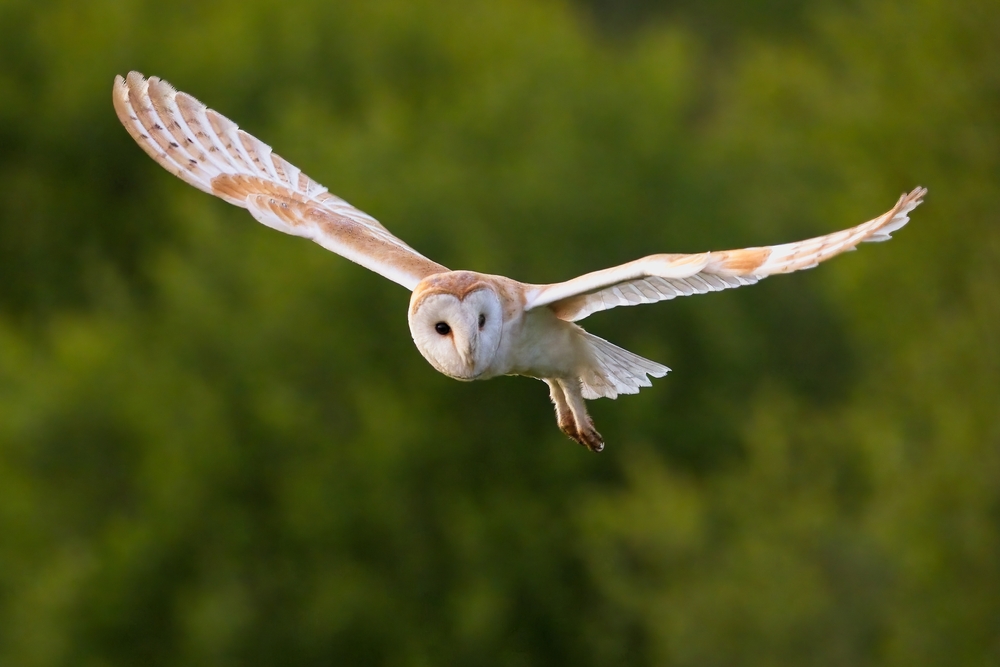The Long-eared Owl (Asio otus) is a uniquely elegant, slender, and secretive owl species with traits that set it apart from both small and large owls across its range. Here’s how it compares to other owl species across several key categories:
Size and Appearance
-
Long-eared Owl: A medium-sized, narrow-bodied owl (13.5–16 in) with long ear tufts, orange eyes, and vertical streaked plumage. Its upright posture and slim silhouette make it look taller than it is.
-
Other Owls:
-
Great Horned Owl: Larger, bulkier, with more powerful features and similar ear tufts
-
Tawny Owl: Stockier, no ear tufts, dark eyes
-
Barn Owl: Pale heart-shaped face, no ear tufts
-
Screech/Saw-whet Owls: Much smaller and rounder, with varied coloration
-
✅ Unique Visual Profile: The combination of slim build, tall ear tufts, and bright orange eyes gives the Long-eared Owl a sharp, alert, and almost mythical look that’s unmatched in most owl species.
Vocalization
-
Long-eared Owl: Males produce a low, rhythmic “hoo…hoo…hoo” at intervals, often hard to hear. Chicks and females make raspy or squeaky begging calls.
-
Other Owls:
-
Tawny Owl: Classic “twit-twoo” duet
-
Barn Owl: Harsh screeches and hisses
-
Screech Owl: Trills and whinnies
-
Great Horned Owl: Deep, booming hoots
-
✅ Subtle Singer: Compared to more vocal owls, Long-eared Owls are surprisingly quiet, which suits their stealthy and secretive nature.
Habitat and Roosting
-
Long-eared Owl: Prefers dense trees for roosting (often conifers) and open meadows or fields for hunting. They need mosaic landscapes—a blend of cover and open ground.
-
Other Owls:
-
Barn Owls: Open fields, farms, grasslands
-
Screech & Tawny Owls: Woodlands and urban parks
-
Snowy Owls: Open tundra
-
Burrowing Owls: Grasslands and deserts, nesting underground
-
✅ Habitat Blending Specialist: The Long-eared Owl is especially unique in how it roosts in thick cover but hunts in open terrain, a contrast to more habitat-specific owls.
Nesting
-
Long-eared Owl: Does not build its own nest; uses old crow, magpie, or hawk nests.
-
Other Owls:
-
Screech/Tawny Owls: Cavity nesters
-
Barn Owls: Nest in barns or building crevices
-
Burrowing Owls: Nest underground
-
✅ Indirect Nesting Strategy: Its reliance on nests built by other species makes it more ecologically interdependent than most owls.
Social Behavior
-
Long-eared Owl: Notably communal in winter, forming roosts of up to 20+ individuals—a rare behavior among owls.
-
Other Owls:
-
Most are solitary and territorial, especially during the non-breeding season.
-
✅ Rarely Social: The communal roosting of Long-eared Owls is one of the most distinctive behaviors in the owl world.
Diet and Hunting
-
Long-eared Owl: Specializes in small mammals, especially voles and mice; hunts by flying low over fields at night.
-
Other Owls:
-
Barn Owls: Primarily rodents
-
Screech Owls: Insects, small birds, reptiles
-
Great Horned Owls: Larger mammals, birds, even skunks
-
✅ Stealth Hunter: Known for silent, low-altitude flights and precise attacks, it is one of the most efficient small-mammal predators among owls.
Conclusion:
The Long-eared Owl bridges the world of stealth and sociality—a rare blend in the owl family.
Its combination of communal winter roosting, ear tuft display, open-country hunting, and forest roosting makes it one of the most unique and quietly captivating owl species in the Northern Hemisphere.
It’s a specialist of transition zones, thriving where dense cover meets open field—and vanishing into both.




